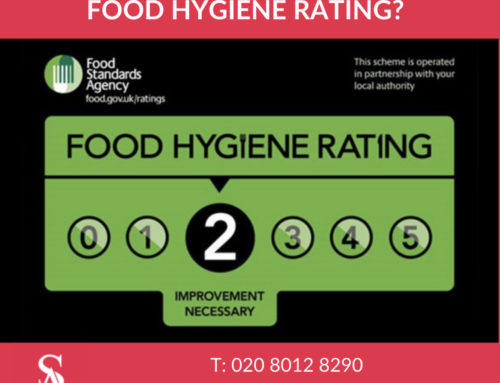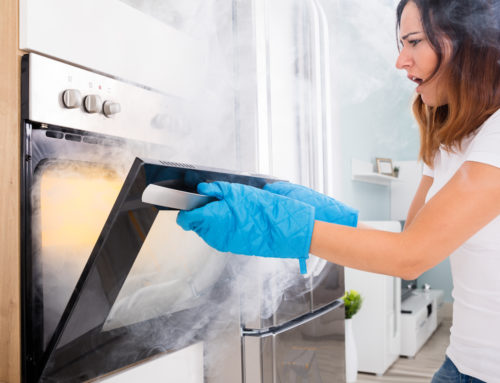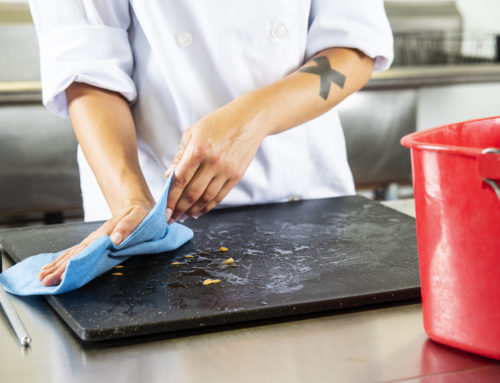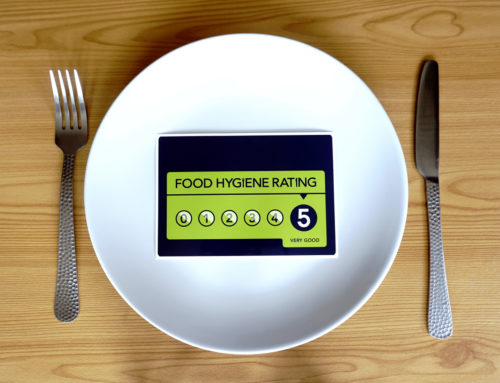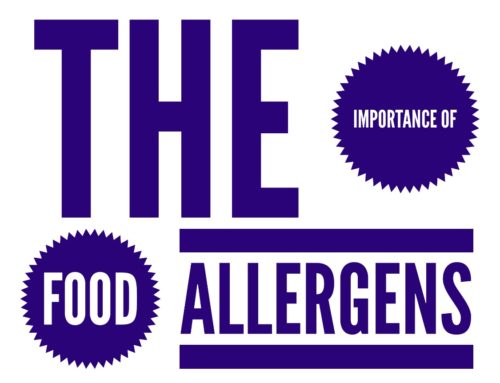
Chicken is the most common type of poultry in the world.
Chicken can be prepared in a vast range of ways, including roasting, baking, grilling, barbecuing, frying (my least favourite) and boiling. Since the latter half of the 20th century, prepared chicken has become a staple of fast food. Chicken is sometimes cited as being more healthful than red meat, with lower concentrations of cholesterol and saturated fat. Roasting chicken is one of the most loved ways of eating chicken so we are going to talk about roasting a chicken safely.
Did you know that the most common cause of food poisoning is #Campylobacter enteritis which is thought to be responsible for 280,000 illnesses? Campylobacter is usually found in raw poultry, various studies have proven that supermarket chickens are contaminated with the bacteria. About four in five cases of campylobacter food poisoning in the UK come from contaminated poultry.
One of the main ways to get and spread campylobacter poisoning is through cross-contamination from raw chicken. For example, washing raw chicken can spread campylobacter by splashing it onto hands, work surfaces, clothing and cooking equipment.
Campylobacter is not a very nice illness, you cannot smell, taste or see bacteria, but if you have it you will certainly know, the incubation period is usually 1 – 3 days and the normal duration is 2 – 5 days. The main symptom is diarrhoea (often bloodstained) but vomiting is very rare. Other symptoms include headache fever, abdominal pain and nausea.
Campylobacter is also found in red meat, unpasteurised milk and untreated water, it does not normally grow in food, but it spreads easily.
You can help keep your business and home safe from campylobacter by not washing your chicken, cooking chicken correctly, chilling your food, avoiding cross-contamination and ensuring good personal hygiene.
Thoroughly wash and clean all utensils, chopping boards and surfaces used to prepare raw chicken and carve cooked chicken.
Use different coloured chopping boards, wash your hands thoroughly with soap and warm water after handling raw chicken, after disposing of packaging and carving cooked chicken. This helps stop the spread of campylobacter by avoiding cross contamination.
When roasting a chicken, preheat oven to the correct temperature which is usually is 200°C and for fan assisted 180°C, remove all packaging and place chicken in a roasting tin. Season with salt and pepper (I like to add lemon inside the chicken and herbs as it gives the chicken a beautiful taste). Also, refer to the cooking time on the front of the packet.
Check chicken during cooking and cover with foil if necessary to avoid excessive browning. Remove from oven and leave to stand for 10 minutes before carving.
Make sure chicken is steaming hot all the way through before serving. Cut into the thickest part of the meat and check that it is steaming hot with no pink meat and that the juices run clear. The safest way to check it is cooked is with a food thermometer and the core cooking temperature should reach + 75°C for 30 secs.
When you store raw chicken always store at the bottom of the fridge to avoid any contamination and if you have leftover cooked chicken you need to take it out of the hot roasting tray and place in a cool container, cool within 90 mins using a blast chiller at work if you have one or at home, the coldest part of your kitchen, you can keep the chicken in your fridge for 3 days which includes day of production plus 2 days, then discard as it is a safety issue and you may get food poisoning with food that is out of date.

